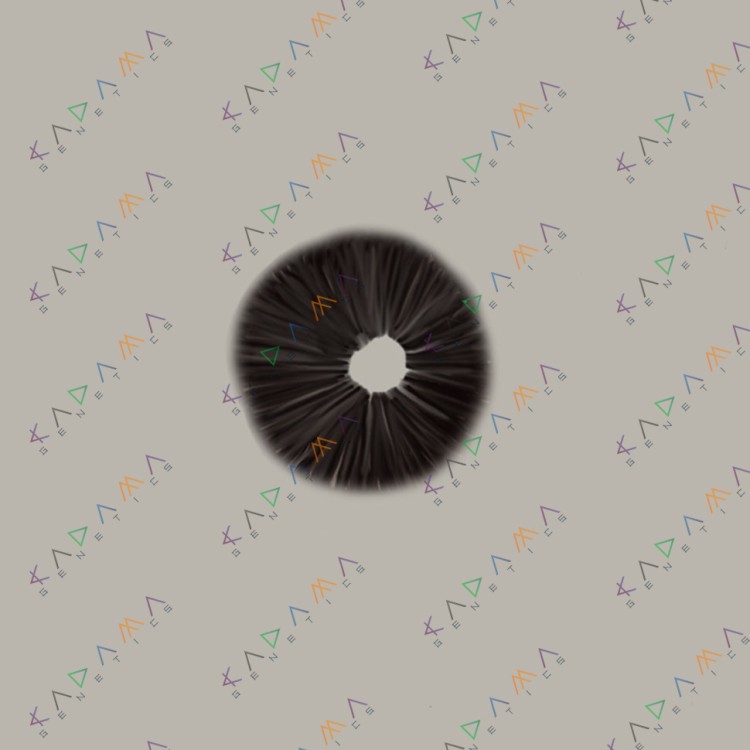Once little known outside its native villages scattered at the foot of the Sierra de Tapalpa mountain range in western Mexico, and now actively gaining popularity, the Tapalpa strain is an excellent candidate for those taking their first steps into magic mushrooms cultivation. It has a pronounced psychedelic potential, and novice users should treat its potency with due respect and avoid exceeding the recommended dosages.
Origin
The strain came into the radars of modern ethnobotanists through an anonymous amateur mycologist who found its wild specimens near Guadalajara, Jalisco. They were subsequently purchased by Captain Max, a cult figure among American shroomers, who introduced them to the U.S. market and distributed the domesticated and refined Tapalpa spores through his channels, thus giving rise to a new, but definitely noteworthy strain.
Appearance
Perfect for growing with the PF-Tek method, Tapalpa tends to produce small to medium-sized fruiting bodies. The caps of young mushrooms are conical or spherical, flattening with age and reaching a diameter of 3-7 cm. Some specimens occasionally retain a small nipple-like protrudence in the center. The golden-brown caps change color to ochre or amber with light-hued edges as they develop, looking spectacular against the snow-white mycelium.
The graceful cream-colored stems grow up to 15 cm tall and often have a fluffy thickening at the base, while under the cap they wear a distinct membranous ring with purple spores. Advanced mycologists select the largest samples from the second or third flush to lift their own print.
Growing Peculiarities and Yields
Tapalpa can fully occupy the nutrient substrate within 7-12 days, making it an extremely aggressive colonizer. It eagerly welcomes a variety of grains such as wheat, rye, raw oats, and canary seed, as well as hay, straw, pasteurized manure, and brown rice flour with vermiculite added in a 1:1 ratio. The strain is resistant to external contamination, but to ensure a successful harvest, it is still recommended to keep the work area and tools sterile and the growing environment for mycelium and fruiting bodies clean at all times. Optimal conditions in the incubator are 26-30 °C with relative humidity not exceeding 50% and pitch-black darkness.
The spawn fructifies at a temperature of 22-25 °C and the humidity increased to 90-95%. At this stage, it is a good practice to install a faint light source on the lid of the chamber to give the mushrooms a directional stretch. Regular air exchange will reduce the risk of mutations and abortions. This can be done by installing a low-intensity ventilation system in the fruiting chamber, or by opening it a few times a day to allow the fresh air to drive out the built-up CO2. If all recommendations are followed, expect up to 250 g of raw weight per 1L of substrate in the first flush and 100-150 g in each of the two subsequent flushes.
Effects and Dosages
Due to its relatively high psilocybin content, the strain is suitable for microdosing to improve quality of life without excessive alteration of consciousness. The effects of consuming 0.1-0.5 g of dried mushrooms will be expressed in an uplifted mood, creative inspiration, and mental clarity. In larger quantities, Tapalpa magic mushrooms can trigger a powerful impulse in the explorer's consciousness, sharpening sensory perceptions to the limit, and promoting deep introspection. Beginners traditionally take 1-1.5g, allowing them to gently acclimatize to an unfamiliar state before embarking on a longer, more intense journey. Dosages of 1.5 to 4 g provide a deeper insight into the mystical powers of Tapalpa, sending the myconaut on a quest through inner space and other dimensions.
The effects kick in within 30-60 minutes of taking, peak in about 1-1.5 hours, and last for about 6-8 hours, depending on the amount taken. The integration of experience and creative potential released by the essence of magic mushrooms, long after the trip, contributes to rethinking the worldview and reaching a whole new level of mindset and consistency.
| Effect | Above average | |
| Productivity from 1 liter of substrate | 1st flush – up to 250 g (8.8 oz), 2nd-3rd flush – 100-150 g (3.5-5.3 oz) | |
| Temperature conditions | 26-30 °C (79-86 °F) at the incubation stage, 22-25 °C (72-77 °F) in the fruiting chamber | |
| Leg height | Up to 15 cm (5.9 in) | |
| Cap diameter | 3-7 cm (1.2-2.8 in) | |
| Colonization rate | Fast | |
| Difficulty of cultivation | For beginners |
![[``]](/wa-data/public/site/themes/kadama/img/kadama_logo.svg)

















